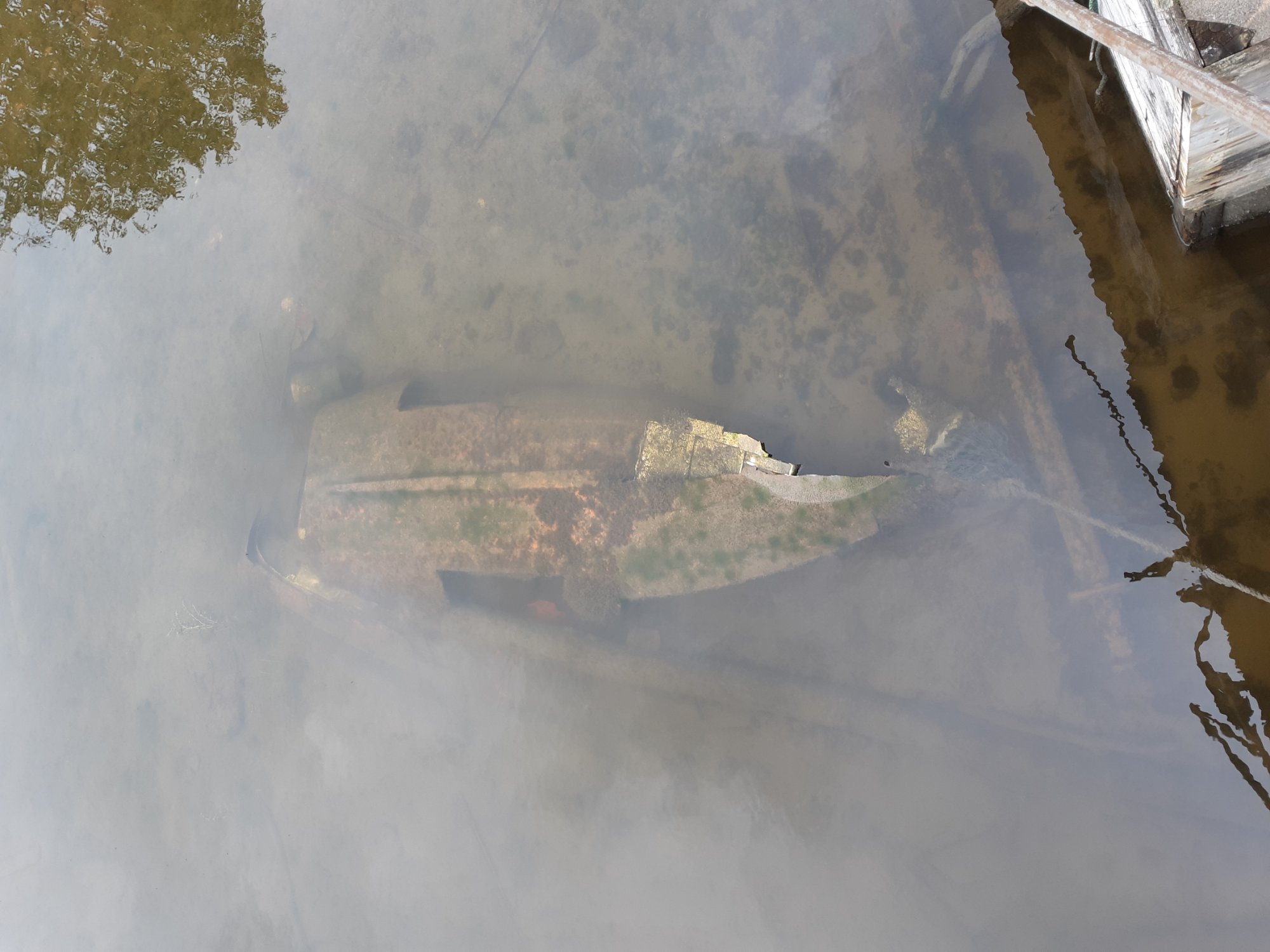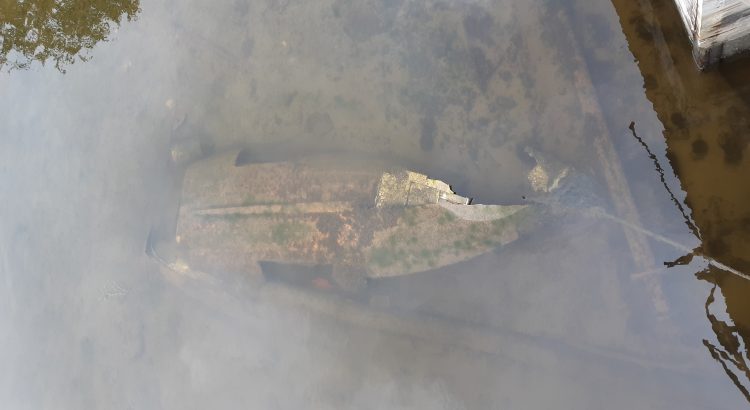
Found a boat today and it is already turning to micro…
When will we find microplastics in a human? (We have found in animals)
Microplastics are very small pieces of plastic that pollute the environment. Microplastics are not a specific kind of plastic, but rather any type of plastic fragment that is less than 5 mm in length according to the U.S. National Oceanic and Atmospheric Administration. They enter natural ecosystems from a variety of sources, including cosmetics, clothing, and industrial processes.
Two classifications of microplastics currently exist. Primary microplastics are any plastic fragments or particles that are already 5.0 mm in size or less before entering the environment. These include microfibers from clothing, microbeads, and plastic pellets (also known as nurdles). Secondary microplastics are microplastics that are created from the degradation of larger plastic products once they enter the environment through natural weathering processes. Such sources of secondary microplastics include water and soda bottles, fishing nets, and plastic bags. Both types are recognized to persist in the environment at high levels, particularly in aquatic and marine ecosystems.
Additionally, plastics degrade slowly, often over hundreds if not thousands of years. This increases the probability of microplastics being ingested and incorporated into, and accumulated in, the bodies and tissues of many organisms. The entire cycle and movement of microplastics in the environment is not yet known, but research is currently underway to investigate this issue
(Source: wiki )
